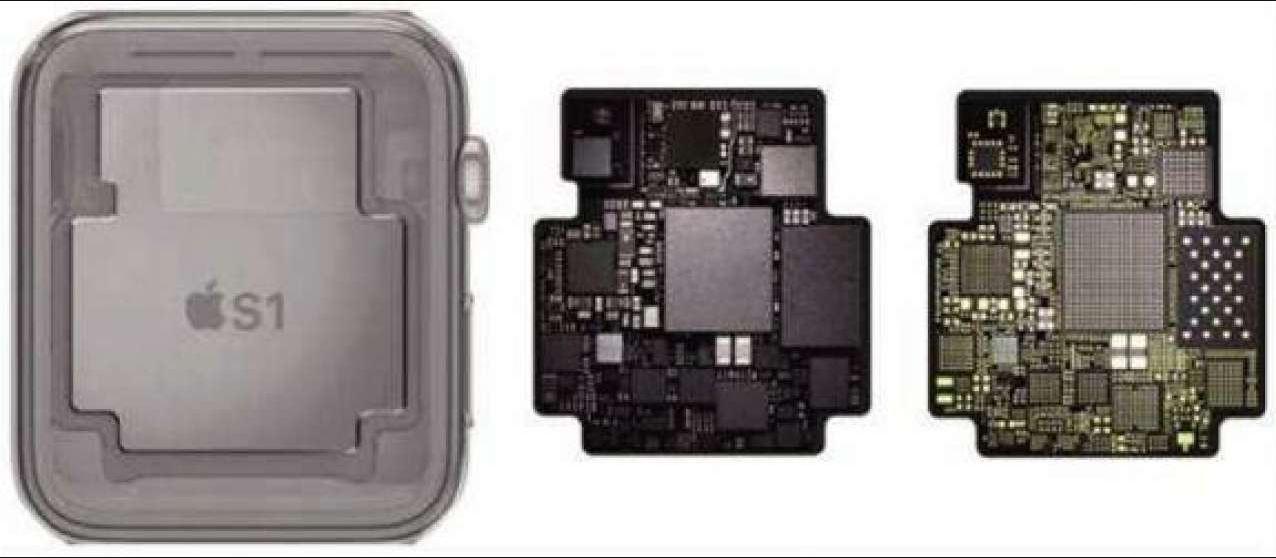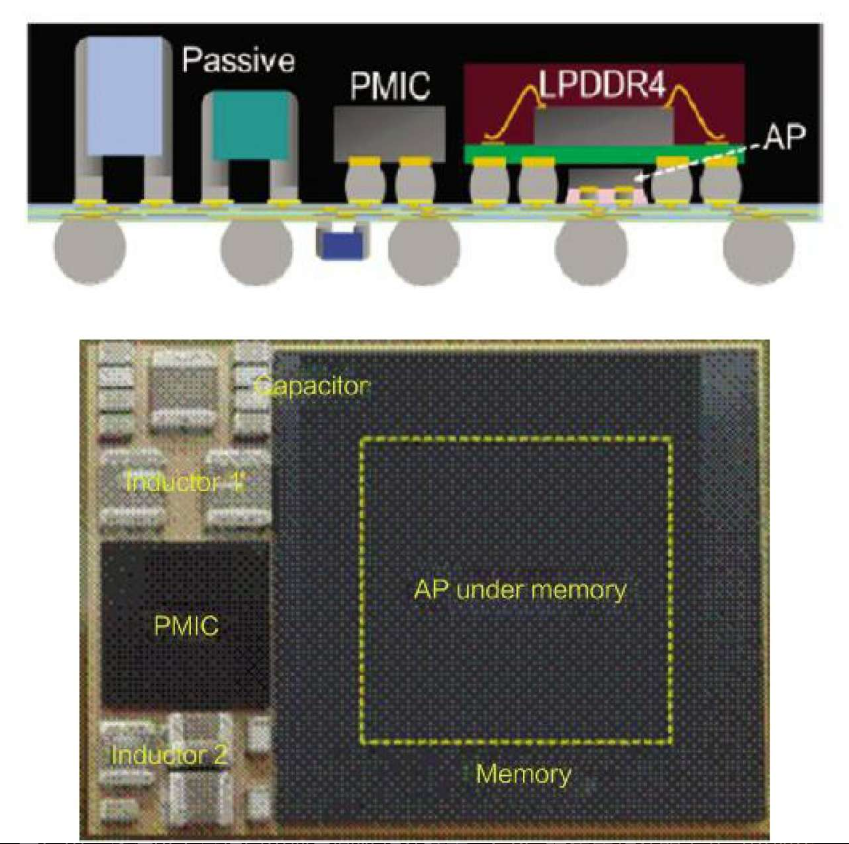Compared with SoC, SiP can have a shorter development cycle and accelerate product time to market, which is one of the important reasons why SiP products can be accepted by customers. Apple was one of the first companies to commercialize the SiP process, and its iWatch and iPhone are already using SiP modules. And large encapsulation enterprises at home and abroad also began to layout SiP technology development, such as Taiwan ASE Group (Apple) is a long-term partner, has taken system level encapsulation as its future development strategy. Amkor, which has long been focused on the Internet of Things (iot) app market, saw its SiP revenue reach $725 million in 2015, an annualized growth rate of 16%. Jiangsu Changdian Technology, a Chinese packaging company, also made significant progress in its 3D-SiP system-level power management module packaging technology as early as 2016. Industry insiders believe that the market demand for SiP will reach more than $500 billion annually in the next three to five years.

An example of an Apple SiP application
This section analyzes SiP adoption and technology trends based on public market and industry data, and shows the role and role of system-level packaging. The following will be through the comparison of several cases to the system level packaging in the process of implementation of some difficulties and future trends are elaborated. Research by Amkor's packaging division found that SiP technology using the traditional PCB carrier type has inherent limitations. Using the SiP technology of PCB carrier board, the carrier board cannot meet the requirements of high level chip products for wiring width and line distance and reducing the thickness of package structure. In order to solve these problems and realize the integration of more complex functions and the reduction of package size, Amkor invented WL-SiP (Wafer Level SiP) or wafer level system packaging technology. It claims that the technology can be used to fabricate bare wafers with different functions such as memory, logic, power chips, RF and passive components through a fine RDL process. Amkor's WL-SiP or SWIFT (Silicon Wafer Integrated Fanout Technology) integrates the processor, LPDDR4 memory, PMIC, and 17 passive devices. The key integration technology of the package structure uses the RDL process, replacing the substrate with 87% of the original package structure. The efficient use of the RDL process not only reduces the operating temperature of the processor by 6.7℃, but also improves the electrical performance by 10% compared to the traditional base model SiP

AAn example of an Apple SiP application
This section analyzes SiP adoption and technology trends based on public market and industry data, and shows the role and role of system-level packaging. The following will be through the comparison of several cases to the system level packaging in the process of implementation of some difficulties and future trends are elaborated. Research by Amkor's packaging division found that SiP technology using the traditional PCB carrier type has inherent limitations. Using the SiP technology of PCB carrier board, the carrier board cannot meet the requirements of high level chip products for wiring width and line distance and reducing the thickness of package structure. In order to solve these problems and realize the integration of more complex functions and the reduction of package size, Amkor invented WL-SiP (Wafer Level SiP) or wafer level system packaging technology. It claims that the technology can be used to fabricate bare wafers with different functions such as memory, logic, power chips, RF and passive components through a fine RDL process. Amkor's WL-SiP or SWIFT (Silicon Wafer Integrated Fanout Technology) integrates the processor, LPDDR4 memory, PMIC, and 17 passive devices. The key integration technology of the package structure uses the RDL process, replacing the substrate with 87% of the original package structure. The efficient use of the RDL process not only reduces the operating temperature of the processor by 6.7℃, but also improves the electrical performance by 10% compared to the traditional base model SiP
To sum up, SiP successfully achieves heterogeneous integration and provides the technical basis for many new applications in the field of encapsulation. For the most widely used wireless communications sector, SiP is the ideal solution. It combines the advantages of existing chip resources and semiconductor production processes to reduce costs and time to market, while overcoming difficulties in SoC such as process compatibility, signal mixing, noise interference, and electromagnetic interference. The RF power amplifier in the mobile phone integrates the power amplifier, power control and transceiver transfer switch and other functions, which are completely solved in SiP.
If you are interested in this article, please immediatelycontact us



